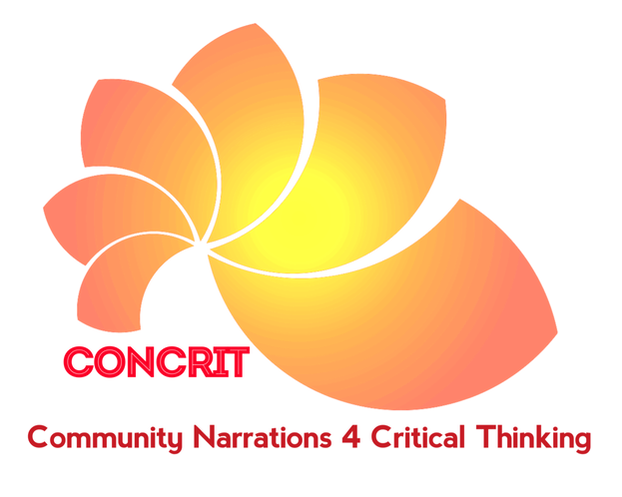Iceberg of diversity
Aims of the practice and description of participants[edit]
The aim is to guide participant thinking about different levels of diversity, obvious and more subtle differences.
Resources, Materials needed[edit]
- Iceberg graphic
- Post-ist
- Pen
Duration[edit]
20-30 minutes
Step-by-step - what has to be done?[edit]
Preparation[edit]
On a flip-chart sheet or slide, draw an outline of an iceberg. Show the waterline, a wavy line near the top. Leave enough room to add words into the top and bottom of the iceberg. Write “Obvious” and “see, hear, smell, touch” above the waterline; “Less Obvious” and “beliefs, values, attitudes, thoughts, feelings” below the waterline.
Write several examples of obvious differences in the iceberg, above the waterline. Ask participants to call out other obvious differences. Note them. Confirm that each point is obvious. Set aside any points on which people don’t agree.
When people offer no more points, show slide 2.
Not all differences are visibly obvious. Ask people to reflect on what’s below the water-line. Write in several examples, to start. Get participants to read results of the last activity and identify less obvious aspects. Write points in the space below the waterline.
Prompt questions[edit]
- Would you notice this immediately?
- Would you find this out after some time?
- Would you need to know a person well to know this?
- How would you discover this aspect of difference?
Show the next slide.
Ask participants if they have experienced or seen challenges that result from lack of understanding about less obvious differences. Share examples.
Summarize key points and close the exercise[edit]
- Our culture, life experience and personality colour everything we see and do.
- As human beings, we cannot put these aside when we interact with people
different from us.
- We need to be aware of our background and perceptions, to understand
how we interpret situations and others’ behaviour.
- In a diverse workplace, we have to work to understand others’ backgrounds
and perceptions, avoiding misunderstanding and inflexibility.
Learning Outcomes - which skills are addressed?[edit]
Consider the “differences” between individuals who make a community.
- What differences are obvious?
- What differences are less obvious?
How do you check the outcomes are reached?[edit]
In the discussions sufficient example as had been provided and a general understanding in the group had been reached
